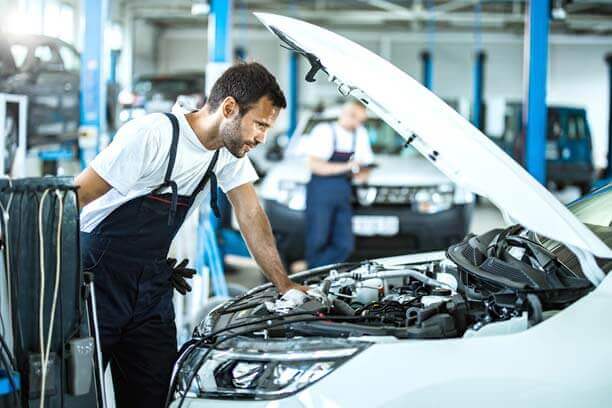Maintaining your vehicle in top condition doesn’t have to be a daunting task. With some basic tools, a bit of knowledge, and a willingness to get your hands dirty, you can tackle many car maintenance tasks on your own. Here are essential DIY car maintenance tips to keep your ride running smoothly and efficiently.
1. Regular Oil Changes
Changing your oil regularly is one of the most crucial maintenance tasks. Engine oil lubricates the moving parts of your engine, and over time, it breaks down and becomes contaminated. To change your oil:
- Gather Tools and Supplies: Oil filter wrench, socket set, new oil filter, fresh oil, and a drain pan.
- Prepare Your Vehicle: Park on a level surface and let the engine cool. Lift the car using a jack if necessary.
- Drain Old Oil: Place the drain pan under the oil pan, remove the drain plug, and let the old oil drain out.
- Replace the Oil Filter: Use the oil filter wrench to remove the old filter. Install the new filter and tighten it securely.
- Add New Oil: Replace the drain plug and fill the engine with new oil through the oil fill cap. Check the oil level with the dipstick and add more if needed.
2. Check and Maintain Tire Pressure
Proper tire pressure is essential for safe driving and optimal fuel efficiency. Check your tire pressure monthly and before long trips:
- Use a Tire Pressure Gauge: Remove the valve cap and press the gauge onto the valve stem to get a reading.
- Adjust as Needed: Inflate or deflate the tires to match the recommended pressure listed in your vehicle’s manual or on the driver’s side door frame.
- Inspect Tires Regularly: Look for signs of wear or damage and rotate your tires as recommended to ensure even wear.

3. Replace Air Filters
A clean air filter helps your engine breathe better and improves fuel efficiency. Replace your air filter every 12,000 to 15,000 miles, or as needed:
- Locate the Air Filter: Check your vehicle’s manual for the air filter location, typically found in a box near the engine.
- Remove the Old Filter: Open the air filter box and take out the old filter.
- Install the New Filter: Place the new filter into the box, ensuring it fits snugly and securely.
4. Inspect and Replace Wiper Blades
Clear visibility is crucial for safe driving, and functioning wiper blades are essential for this. Replace wiper blades every 6 to 12 months:
- Check Wiper Condition: Look for cracks, tears, or uneven wear on the blades.
- Replace the Blades: Lift the wiper arm, press the release tab, and slide off the old blade. Attach the new blade by sliding it into place until it clicks.
5. Check and Top Off Fluids
Keeping all vehicle fluids at the proper levels ensures smooth operation and helps prevent damage:
- Engine Coolant: Check the coolant level when the engine is cold and top off with the recommended coolant if necessary.
- Brake Fluid: Check the brake fluid level and add more if it’s low. Ensure the fluid is clean and at the proper level.
- Transmission Fluid: Check the transmission fluid level using the dipstick, and add more if needed, following the manufacturer’s guidelines.
6. Replace Battery Terminals
Corroded battery terminals can cause starting issues. Clean or replace them to ensure a good connection:
- Disconnect the Battery: Remove the negative terminal first, followed by the positive terminal.
- Clean the Terminals: Use a wire brush to remove corrosion from the terminals and cable ends.
- Reconnect and Secure: Reattach the terminals, starting with the positive terminal, and make sure they are tight and secure.
7. Inspect Belts and Hoses
Belts and hoses are critical for engine performance and cooling. Check them regularly for signs of wear:
- Check Belts: Look for cracks, fraying, or excessive slack. Replace any damaged belts.
- Inspect Hoses: Look for leaks, bulges, or cracks. Replace any worn or damaged hoses.
8. Clean Your Car Regularly
Regular cleaning helps maintain your car’s appearance and prevents damage from dirt and debris:
- Wash the Exterior: Use a car-specific soap and wash cloth to remove dirt and grime. Rinse thoroughly and dry with a soft cloth.
- Clean the Interior: Vacuum carpets and seats, wipe down surfaces, and clean windows for a fresh and pleasant driving experience.
Conclusion
By performing these essential DIY maintenance tasks, you can keep your vehicle in excellent condition and potentially save on costly repairs. Regular maintenance not only extends the life of your car but also ensures a safer and more enjoyable driving experience. With these tips, you’ll be well on your way to mastering basic car care and keeping your ride in top shape.